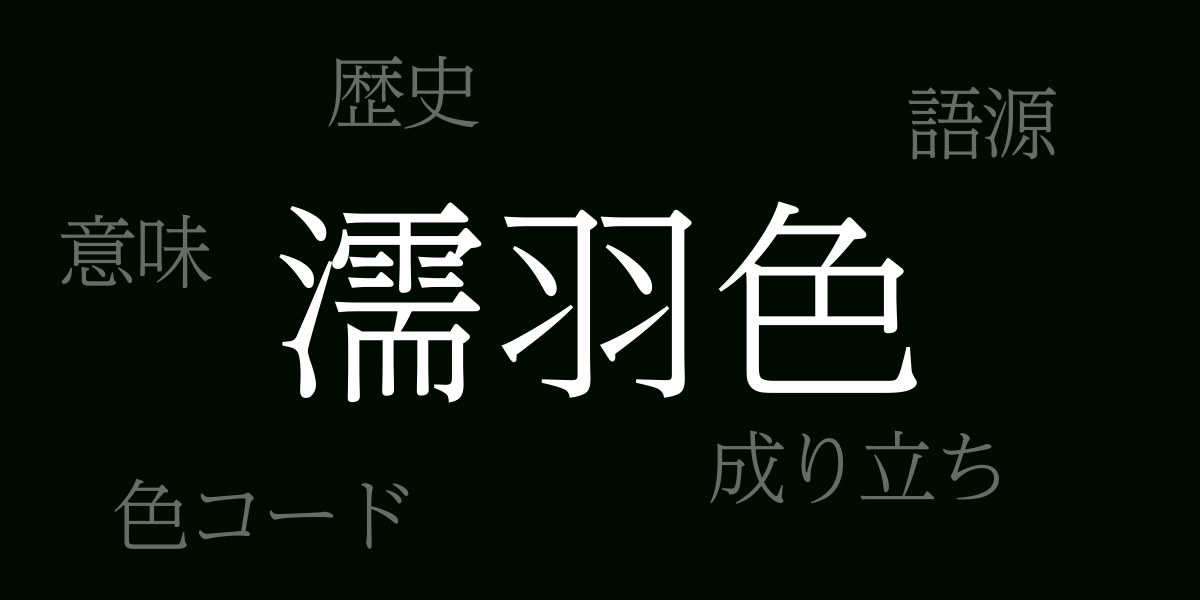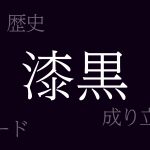The world of serene and profound hues introduces us to “Nurebairo (濡羽色 – ぬればいろ),” a traditional Japanese color. More than just a color, Nurebairo represents the rich nature and culture of Japan, stirring the senses. This article delves into the allure of Nurebairo, exploring its history, color codes, and its Western name, thereby uncovering the meaning and beauty held by this color.
About Nurebairo (濡羽色 – ぬればいろ)
Nurebairo is a deep brown, nearly black, reminiscent of the wet feathers of a crow. While subdued, it displays subtle changes under different lighting, captivating the delicate Japanese aesthetic. It is a favored color across various fields including interiors, fashion, and art.
The History of Nurebairo
Nurebairo has been used since the Heian period, deeply rooted in the lives of the Japanese people. It has been particularly popular as a kimono color, cherished by the samurai and commoners alike during the Edo period. Its understated elegance and tranquility symbolize the Japanese aesthetic of ‘wa’ (harmony), continuing to endear it to many today.
Color Codes for Nurebairo
To replicate Nurebairo in digital designs and web productions, accurate color codes are essential. Below are the color codes for Nurebairo:
- HEX: #000B00
- RGB: R:0 G:11 B:0
- CMYK: C:91 M:83 Y:92 K:76
Western Name for Nurebairo
In the West, Nurebairo is sometimes known as ‘Black Bean.’ This name derives from its resemblance to the color of black beans, categorizing it within deep, dark browns. Internationally, this unique hue is also recognized and valued for its distinctiveness.
Summary of Nurebairo
Nurebairo, with its history as a traditional Japanese color, is cherished for its profound depth and calmness. Even in the digital age, its color codes allow for accurate representation, known internationally as ‘Black Bean.’ When aiming to incorporate a taste of Japanese aesthetics, choosing Nurebairo can create an elegant and serene ambiance.

























